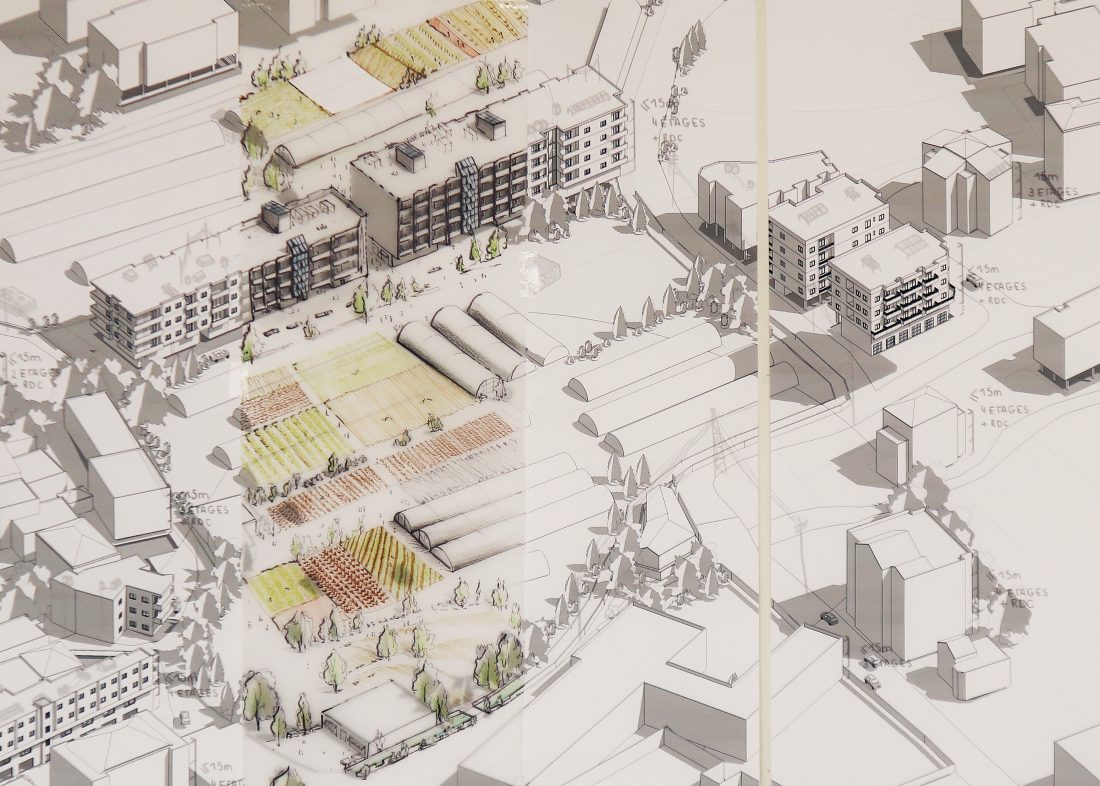Architectures de l’ordinaire
Derrière la façade, une réinterprétation de l’habiter à Batroun
2024
Auteur(s)
Jude Hamze, Myriam Souaiby
Enseignant(s)
Mazen Haïdar, Martin Gillot
Département
AAP
Auparavant destination discrète de la côte libanaise, la ville de Batroun se métamorphose aujourd’hui, malgré la crise nationale, grâce à un essor touristique. En vitrine de ce phénomène, une image partielle de la ville est mise en avant, privilégiant son centre historique et le patrimoine antique et ottoman, et occultant une grande partie de son tissu urbain et les formes architecturales qui y sont présentes.
Le projet vise à déconstruire cette image en portant un regard transversal sur le territoire et s’intéresse à l’architecture ordinaire, notamment le bâtiment collectif, jusqu’ici mis à l’écart par la transformation. Il interroge les conditions de son édification, les règles qui le dessinent et les pratiques de son appropriation.
Il s’agit d’examiner les réponses des habitants face au système étatique lacunaire, telles que l’établissement de réseaux parallèles, l’utilisation des toits et des rez-de-chaussée, et les transformations des façades. Le projet aspire à accompagner ces initiatives individuelles, qui reflètent des besoins partagés.
Comment l’acte d’habiter permet de questionner, au-delà du besoin, l’identité, le rapport à l’autre et la manière d’habiter demain ?
Previously a discreet destination on the Lebanese coast, the city of Batroun is currently undergoing a transformation despite the national crisis, driven by a tourism boom. This phenomenon showcases a partial image of the city, highlighting its historical center and ancient Ottoman heritage, while obscuring a large part of its urban fabric and the architectural forms present there. The project aims to deconstruct this image by taking a cross-sectional view of the territory and focusing on ordinary architecture, particularly collective buildings, which have so far been sidelined by the transformation. It questions the conditions of their construction, the rules that shape them, and the practices of their appropriation.The objective is to examine the responses of residents to the deficient state system, such as the establishment of parallel networks, the use of rooftops and ground floors, and the transformation of facades. The project seeks to support these individual initiatives, which reflect shared needs.
How can the act of inhabiting be a way to question, beyond mere necessity, identity, relationships with others, and the manner of living in the future?



